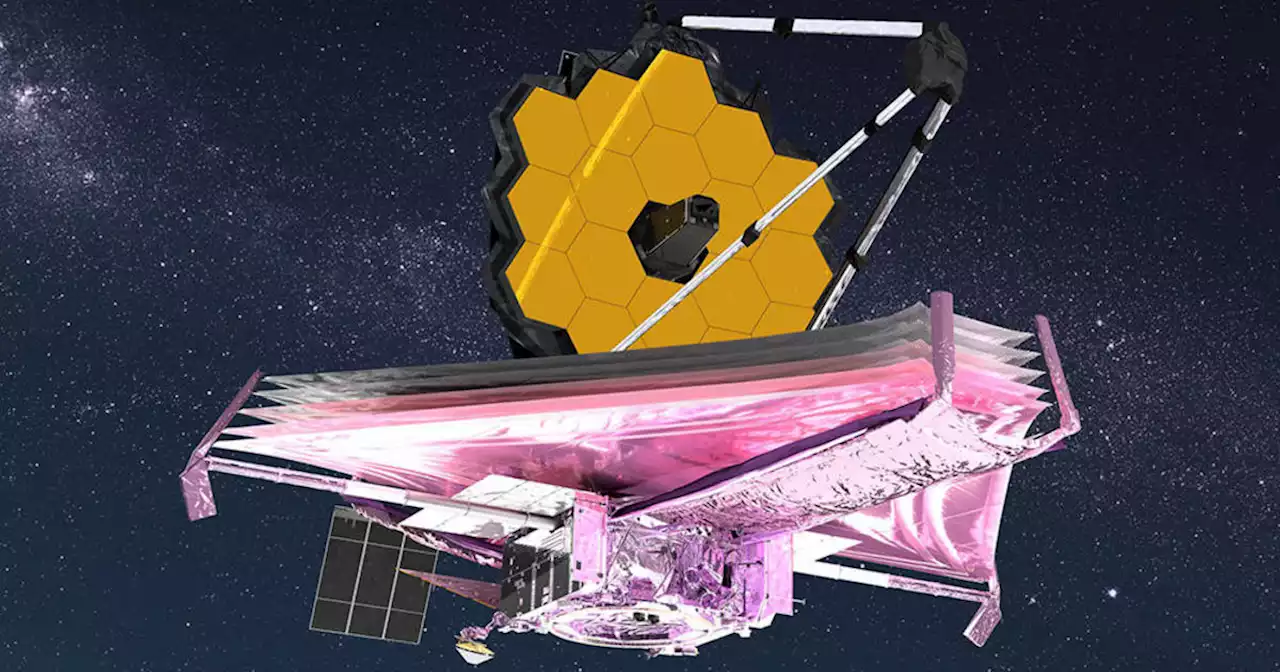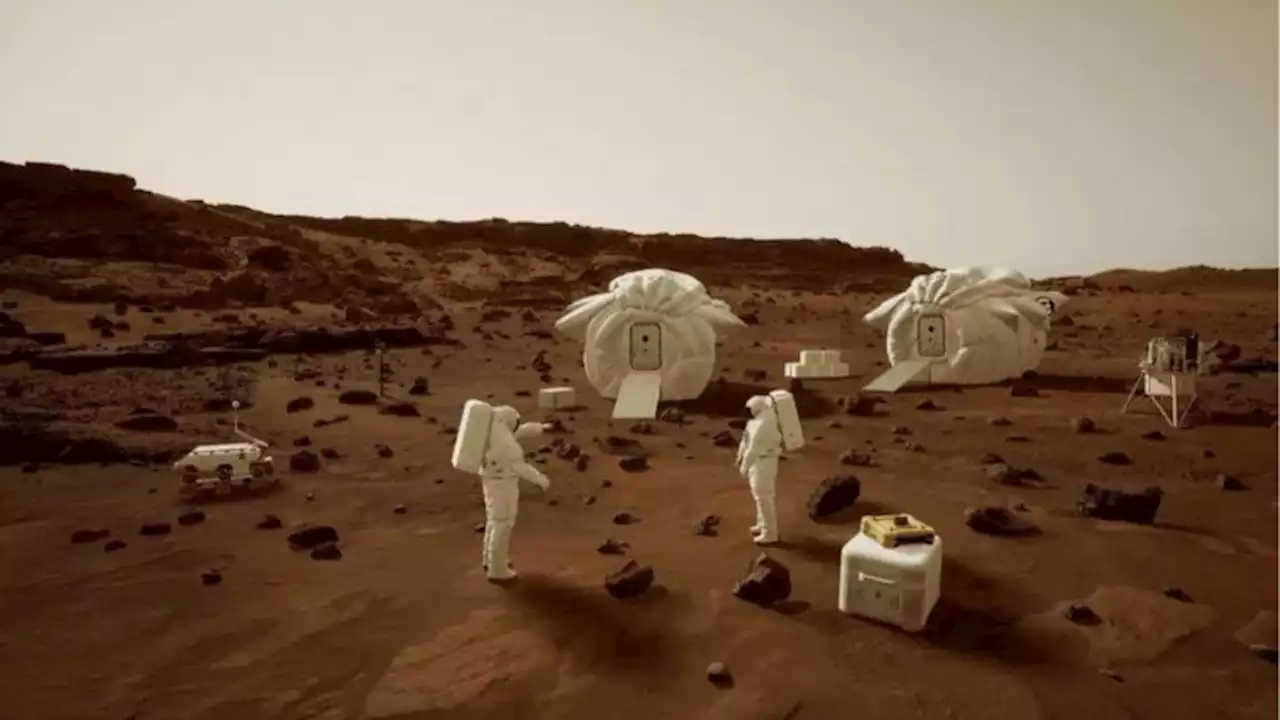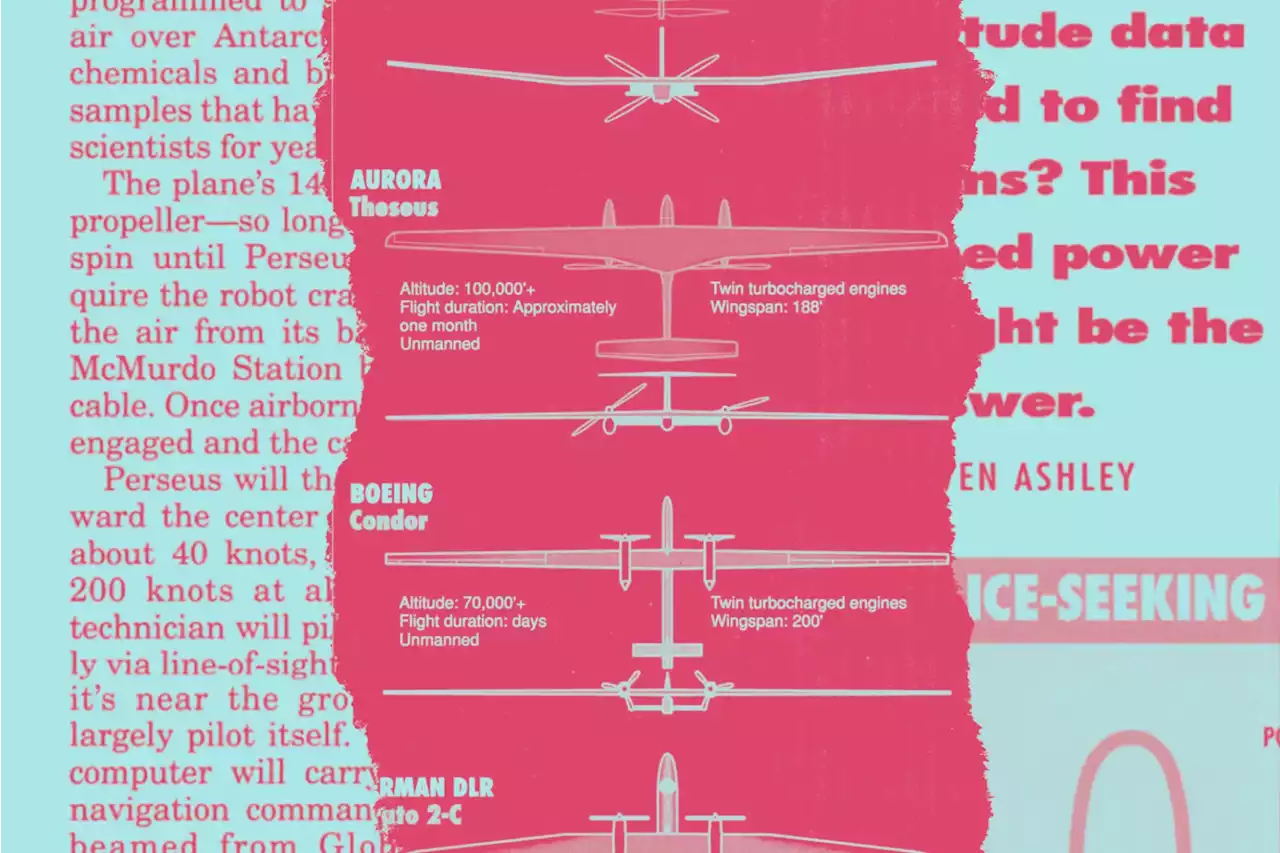The July 1992 Popular Science issue explored NASA's mission to find out what's happening to the ozone layer using a craft called Perseus.
“Ozone Drone”
Perseus will then spiral upward toward the center of the ozone hole at about 40 knots, reaching a speed of 200 knots at altitude. Although a technician will pilot the plane remotely via line-of-sight radio controls when it’s near the ground, Perseus will largely pilot itself. Its on-board flight computer will carry preprogrammed navigation commands based on data beamed from Global Positioning Satellites.
Since 1988, pilots in NASNs ER-2 reconnaissance aircraft—converted U-2 spy planes—have climbed 13 miles above the remote and desolate polar regions to gather air samples for scientists. These missions are anything but routine. If one of the single-engine airplanes were to encounter trouble during these arduous eight-hour, 1,500-mile nights, the solo pilot would almost surely die.
Daedalus’ high-efficiency wings, designed by Mark Drela, associate professor of aeronautics and astronautics at MIT, kept the flimsy-looking composite craft airborne despite being driven only by its human engine. Langford and Drela knew that its long, thin wing shape would work in the thin air and extreme altitudes relevant to ozone sampling. “It was obvious that much of the airfoil and structures technology would be applicable to high· flying aircraft,” Drela recalls.
The result is a lightweight 1,320 pound), “unmanned version of a sailplane,” Langford says, with a 59- foot wingspan and low-drag aerodynamic design. The wings, propeller, tail surfaces, and tail boom are molded from resin-impregnated Kevlar aramid cloth, Nomex honeycomb cores, and graphite cloth. In keeping with Aurora’s penchant for classical monikers, the propulsion system for Perseus was dubbed Arion. It is an unusual closed-cyc1e system that includes a liquid-cooled, 65-horsepower rotary Norton, a two-speed reduction gearbox with provisions for clutching and locking the propeller, a stiff carbon-fiber drive shaft, the large, variable-pitch propeller, storage tanks for gasoline and liquid oxygen, and a large condenser to cool the exhaust.
This past November, the prototype Perseus A reached nowhere near its extreme altitude goals in its maiden flights over the El Mirage dry lake bed in California’s Mojave Desert, limited as it was to a 3,000-foot safety ceiling. But the three short test flights provided data that will pave the way for high-flying missions two years hence, when Perseus A will be airlifted in pieces to McMurdo Station. There, a ground crew of seven will quickly assemble and prepare the aircraft for launch.
In winter when the sun leaves the poles, the stratospheric air rapidly becomes so cold that nitric acid trihydrate in the air freezes. These tiny nitric acid crystals seed the formation of water-ice particles, which gather into wispy, pinkish clouds .
日本 最新ニュース, 日本 見出し
Similar News:他のニュース ソースから収集した、これに似たニュース記事を読むこともできます。
 NASA will attempt Space Launch System rocket test in June | Digital TrendsNASA will attempt another test of its new Space Launch System rocket next month, officials from the agency confirmed this week.
NASA will attempt Space Launch System rocket test in June | Digital TrendsNASA will attempt another test of its new Space Launch System rocket next month, officials from the agency confirmed this week.
続きを読む »
 This is how NASA measures rising sea levels from space | Digital TrendsNASA has been monitoring Earth's sea levels from orbit for over 30 years. Here's why measuring from space is actually easier than doing it terrestrially.
This is how NASA measures rising sea levels from space | Digital TrendsNASA has been monitoring Earth's sea levels from orbit for over 30 years. Here's why measuring from space is actually easier than doing it terrestrially.
続きを読む »
 James Webb Space Telescope's optical alignment 'perfect,' NASA saysThe first showcase images from the $10 billion telescope will be unveiled in mid July, after instrument checkout is complete.
James Webb Space Telescope's optical alignment 'perfect,' NASA saysThe first showcase images from the $10 billion telescope will be unveiled in mid July, after instrument checkout is complete.
続きを読む »
 New NASA Space Telescope Beams Back Stunning Test Photos of CosmosThe results from the James Webb Space Telescope are stunning when compared with images taken by NASA’s previous infrared observatory, the Spitzer Space Telescope
New NASA Space Telescope Beams Back Stunning Test Photos of CosmosThe results from the James Webb Space Telescope are stunning when compared with images taken by NASA’s previous infrared observatory, the Spitzer Space Telescope
続きを読む »
 NASA will use the metaverse to build VR scenarios for Mars missionsNASA is the newest entrant to use the metaverse. The space agency is looking for Mars experience ideas and crowdsourcing them from the public.
NASA will use the metaverse to build VR scenarios for Mars missionsNASA is the newest entrant to use the metaverse. The space agency is looking for Mars experience ideas and crowdsourcing them from the public.
続きを読む »
 Lunar Samples Have Been in the Deep Freeze for 50 Years. NASA Finally has the Right Technology to Study Them ProperlyLunar Samples Have Been in the Deep Freeze for 50 Years. NASA Finally has the Right Technology to Study Them Properly - Universe Today
Lunar Samples Have Been in the Deep Freeze for 50 Years. NASA Finally has the Right Technology to Study Them ProperlyLunar Samples Have Been in the Deep Freeze for 50 Years. NASA Finally has the Right Technology to Study Them Properly - Universe Today
続きを読む »
